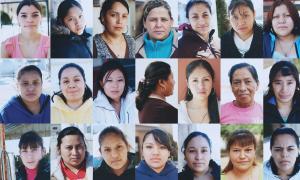publication
Methods Courses
Building on what students have learned in foundations courses, methods courses tend to focus more closely on processes and procedures for teaching specific student populations or for teaching specific disciplines. This
October 24, 2018




